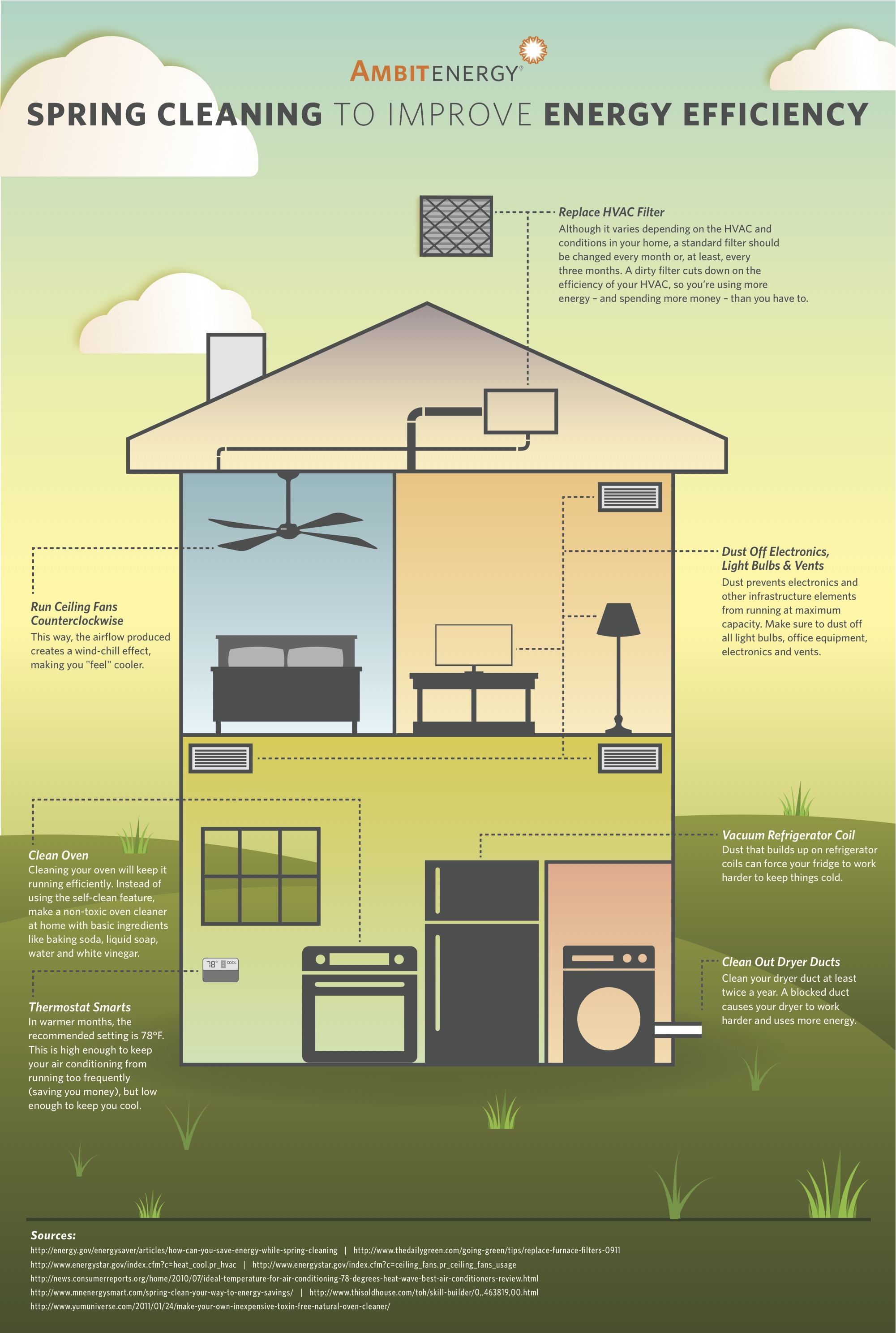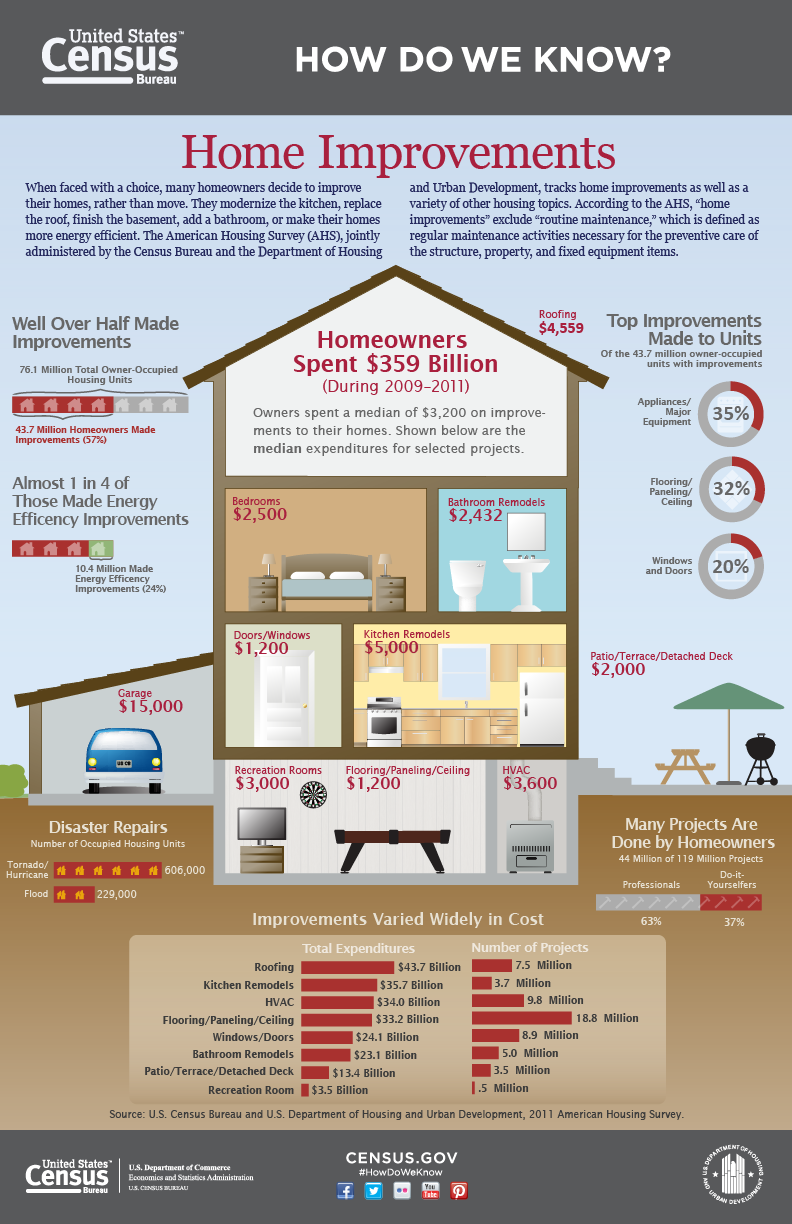When temperatures rise outside, so will your electricity bill. A big chunk of your annual energy bill is spent towards running your air conditioning in the summer. The good news is that you don’t have to sacrifice comfort in order to cut your costs. With proper maintenance and an energy-efficient air conditioning system, you could save a significant amount of cash. Check out the advice in this infographic from our air conditioning repair company in Chicago. Please share this info with your friends and family to make staying comfortably cool a little more budget-friendly.
 source: http://www.bescoairfurnaceheatingacchicago.com/702907/2013/05/23/keeping-cool-for-less-infographic.html
source: http://www.bescoairfurnaceheatingacchicago.com/702907/2013/05/23/keeping-cool-for-less-infographic.html








